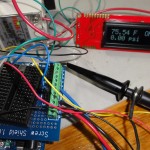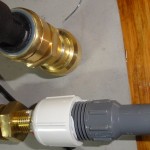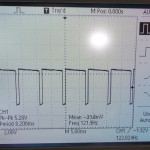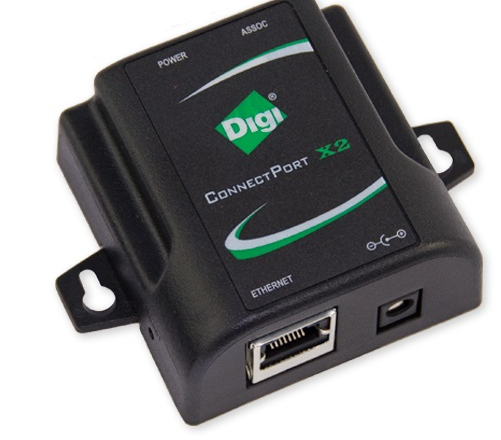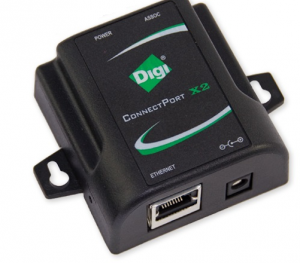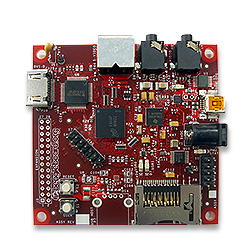here is the calibration curve (using linear regression) for the Sensata pressure sensor I purchased on ebay. The model number is 67CP6620068ALYF1C.
Arduino based water pressure controller
I started playing around with the idea of using an Arduino based water pressure controller because of fears of the common and ubiquitous Square D pressure switch failing. There are many accounts of how these switches fail after only a few years. If you are switching DC voltages, then they fail faster.
The primary goal of this project:
- Use a variable pressure sensor, not a switch with a longer lifetime
- Provide over heating protection via a remote temperature sensor
- Use a float switch to detect when the resevoir tank is empty
I’ve started making some headway on this. I have an LCD displaying status, and I picked up two Sensata 67CP sensors on ebay. These Sensata sensors are probably for a hydraulic application, my friend John thinks. The smaller threading is 5/16-24. I purchased a brass PEX end cap, drilled, and tapped it for this sensor. The output at 0psi (sea level) hovers about 1.3 volts and a regression curve shows it to be linear to about 60psi.
I have a DC Fotek SSR that I’m using for pump control. I’m driving the SSR from a PWM port on timer1. I’ve changed the prescalar constant to something lower that the Fotek can cleanly switch. I found out the hard way that using a digital port on timer0 messes up the serial output to the LCD.
Experiments with DC solid state relays
I started playing with a Fotek SSR-25DD solid state relay that I accidentally purchased off Amazon quite a few months ago. This SSR is made in China and very affordable (in the ~$10 range). The specs are not very clear.
The question of the day is: how useful is this for PWM with a DC load. A simple test jig with a signal generator yields the ceiling. At 50% duty cycle, this SSR stops being able to switch at about 320 hertz.
The next question: what is the max frequency you can get full range of duty cycles.
USB ports and the Saleae logic
I’ve been playing with a new Saleae Logic (8 channel version) on my Dell laptop. Had quite a few problems with the software locking up. I started moving the Logic between different USB ports, to find the Dell 14z has two types of USB ports. The Logic will not work with the two ports marked SS (for Super Speed part of the USB 3.0 architecture). The Logic runs fine on the USB 2.0 port. I don’t know where the problem is, but at least it works in the correct port.
For the money, the Saleae is an amazing piece of equipment. I would recommend buying from Amazon here. There appear to be a bunch of knockoffs being sold from China at much cheaper prices. The spelling of Saleae is odd enough that it is being forged.
ConnectPort X2
Just got a box of goodies from SparkFun. Among them is a Digi ConnectPort X2. I’m very excited about the python integration they put into this. I can see my personal need for xbee units skyrocketing.
Beagle Board first steps
Got a partially booting BeagleBoard. Spent an hour battling the serial port. The IDC10 adaptor I purchased was not a pass-thru. It is very nice to get serial output without a working kernel. Managed to get an angstrom kernel working with no rootfs.
The downside to this board, is that it does not have built-in ethernet. You need to buy the add-on board of a USB dongle.
Edit 2014: Gave this board to Robert Wamble. In the age of Raspberry PI’s, this board is an antique.


